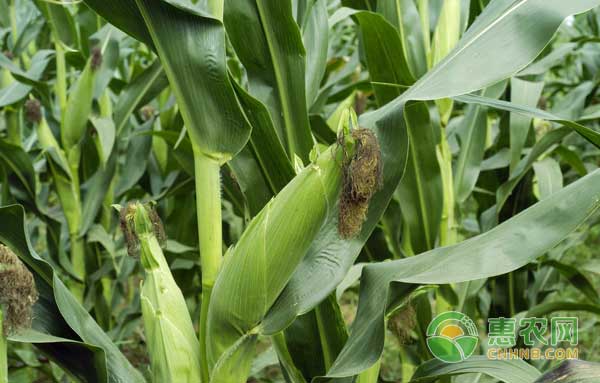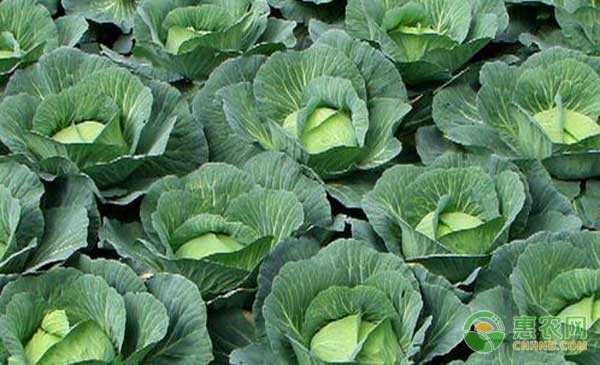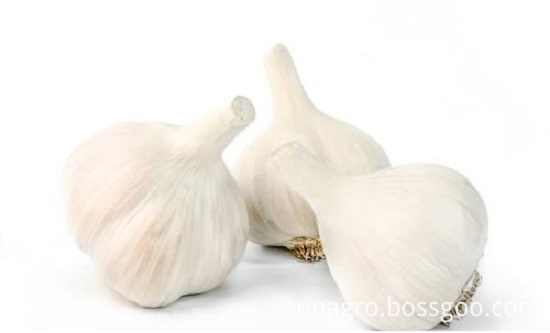Rotation is a model that can solve the problem of continuous cropping. It not only promotes the growth of vegetables, but also reduces the incidence of pests and diseases. The more than one year of planting mode can adjust the planting structure, increase the multiple cropping index and yield of the land, improve land utilization, improve soil, and increase farmers' income. According to the climatic conditions of the middle and lower reaches of the Yangtze River, the rotation model of Onion, summer sweet corn and summer and autumn cabbage was used to achieve good economic benefits. The cultivation techniques are now shared as follows for reference by the majority of growers. 1 planting mode Onions are sown on September 15-20, seedling age is 50-55 days, planted in mid-November, harvested in late May of the next year; summer sweet corn is sown on May 10, transplanted on May 25, and at the end of July Mature harvest at the beginning of the month; summer sweet corn can also be planted in the onion field in early May, harvested in the middle and late July; summer and autumn cabbage will be seeded at the beginning of July, seedling age 25 to 30 days, planted at the end of July and early August, harvested before and after the National Day; Continue the cultivation of the second onion. 2 Benefit analysis This planting mode, 667m2 onion yield 5000 ~ 7000 kg, the output value of 4500 ~ 5000 yuan, 667m2 sweet corn fresh ear yield 750 ~ 1000 kg, the output value of 1000 ~ 1500 yuan, 667m2 summer and autumn cabbage production of about 4000 kg, the output value of 4000 ~ 4,500 yuan, three three-years a year, the output value of 667m2 is 9,500-11,000 yuan, minus the production cost, the net income per 667m2 is about 8,000 yuan. 3 key technologies for onion cultivation 3.1 Sowing the appropriate sowing date of seedlings is the key to cultivating strong seedlings. Breeding in Nanjing in mid-September, the nursery field should choose a field with fertile soil and convenient irrigation and drainage. Before the sowing, the bottom fertilizer was spread evenly, the bottom water was poured, the dried seeds were spread, and about 1 cm thick nutrient soil was covered after sowing. After the emergence of the seedlings, fill the small water, and always keep the soil moist. In the later stage, properly control the irrigation and remove the weeds to avoid the growth of the seedlings. 500 times of liquid fertilizer Amika is sprayed once around the leaves of the seedlings, and sprayed continuously for 2 to 3 times, every 5 to 7 days, and can be sprayed together with the agent. Seedling age 50 to 55 days, 3 leaves 1 heart to 4 leaves, plant height 15cm or so, false stem thick 0.5cm or so can be arranged. 3.2 Colonization Onions are usually planted before and after Lidong (November 7~8), and no later than mid-November. Spray acetochlor to control weeds before planting, and then cover the two sides of the mulch film. The depth of the seedlings is 1~2 cm. The soil is compacted and fixed. The row spacing is about 13 cm × 17 cm, and the plant spacing is 667 m2. 25,000 plants, watered in time after planting, and poured back to the seedling water for 3 to 5 days to promote returning seedlings. Before winter, combined with pouring winter water, 5 kg of ginseng (N, P2O5, K2O content of 20%, 20%, 20%) was applied per 667 m2 to increase the cold resistance of the onion seedlings. 3.3 After spring and summer management, after returning to spring, combined with 667m2 of green water, 10~15 kg of urea and 15~20 kg of phosphate fertilizer; about 30 days after regreening, the onion enters into a vigorous growth period, combined with watering 667 m2 to apply compound fertilizer 20~30 kg, 10 days before the bulb is inflated, the horse water is poured once, and the potassium sulfate is applied in combination with watering 10~15 kg/667m2. When the diameter of the bulb is about 3cm, the urea is applied 15kg per 667m2 and the potassium fertilizer is 10-15kg. Watering was stopped 10 days before harvest. 3.4 Harvesting The roots of the plant's pseudostems are loose and the ground is naturally lodging, and the onions can begin to harvest. After harvesting, dry in the shade, so that the onion leaves can be rehydrated. The onion body surface forms a well-preserved protective layer. Be careful not to expose it to sunlight to prevent burns on the epidermis. After placing for 7 to 10 days, cut the onion roots and onion leaves 2 to 3 cm above the onion. The other crops corresponding to onions belong to the pests and diseases, and generally do not need to control pests and diseases. Appropriate attention should be paid to the prevention and treatment of viral diseases caused by the spread of thrips and aphids throughout the growing period, as well as diseases and gray mold. 4 Key technologies for sweet corn cultivation Sweet corn is interplanted in onion fields in early May (can also be seeded first, transplanted after onion harvesting), seeding density is 3 500 to 4,000 per 667 m2, prevention of underground pests before sowing, timely 3 to 4 leaves Set seedlings, 5 to 6 leaves combined with watering for each 667m2 of compound fertilizer 10 ~ 15 kg, 10 ~ 12 leaves per 667m2 of compound fertilizer 15 ~ 20kg. Pay attention to the prevention and control of corn borer and leaf spot, and harvest fresh corn ear in the middle and late July. Interplanting corn should pay attention to the prevention and control of the heartworm, to ensure that the corn seedlings are full and the seedlings are strong. 5 Key technologies for cabbage cultivation Summer and autumn cabbage should choose heat-resistant and disease-resistant varieties. Seedlings were planted at the beginning of July, and the bed soil was selected from the fertile garden soil where the cruciferous crops were not planted, or the seedling substrate suitable for cruciferous crops was used. This period coincides with the high temperature, rainy and strong sunshine in the Yangtze River Basin. Therefore, during the nursery, attention should be paid to sunshade, rain and rain, as well as various pests and diseases. In the seedling stage, spray 2 to 3 times 500 times hair roots in combination with spraying to promote the seedlings. The seedling age is controlled within 30 days, and 4-6 leaves are planted in time. The row spacing of the planting plants is about 40 cm×40 cm, and 3500-4000 plants are planted per 667 m2. Apply enough base fertilizer, combine watering during growth, topdressing 2 to 3 times, to catch fast-acting nitrogen fertilizer. After living tree, 20kg high-nitrogen-type cinnamin (40%, 10%, 10%, respectively, N, P2O5, and K2O content) was combined with watering for 667m2, and the high-nitrogen-type kinesin was applied once in the rosette stage. In the early stage of the ball, the plant grows faster, and the high-nitrogen and high-potassium-type nutrient (N, P2O5, and K2O content of 25%, 10%, and 25%, respectively) 40 kg is applied to promote the ball filling. High temperature and humidity during growth, pay attention to the prevention and treatment of downy mildew, black rot and black spot and cabbage caterpillar, diamondback moth and aphid. When the leaf ball reaches eight matures before and after the National Day, it can be harvested according to market conditions. The above is an efficient cultivation mode of onion, sweet corn and cabbage in three years, I hope to help you. If you want to know more about agricultural technology, please pay attention to the Hui Nong School!
Garlic, perennial herbs, liliaceous allium.Subterranean bulb is divided into purple seed and white seed according to skin color.Pure white garlic spicy, pungent smell, edible or for seasoning, also medicine, by the public favorite food.Garlic is nutritious: 69.8 grams of water per 100 grams, 4.4 grams of protein, 0.2 grams of fat, 23.6 grams of carbohydrates, 5 milligrams of calcium, 44 milligrams of phosphorus, 0.4 milligrams of iron, and C3 milligrams of vitamin c.We provide the best quality for the customer, if you have any need, please tell us.
Pure White Garlic,Pure White Fresh Garlic,Natural Pure White Garlic,Quality Pure White Garlic Jining Sunagro Trade Co., Ltd. , https://www.sunagro-food.com


